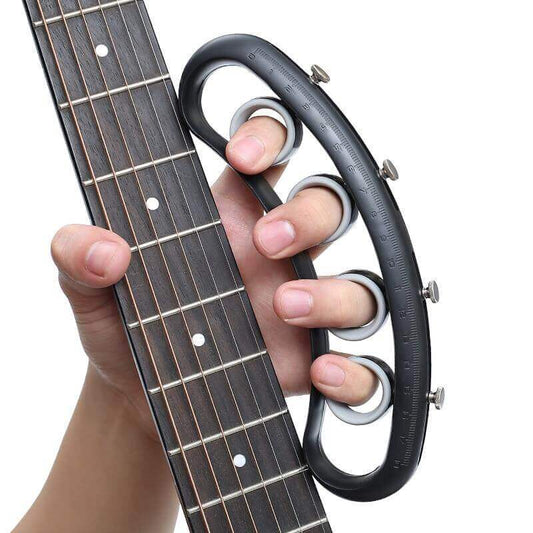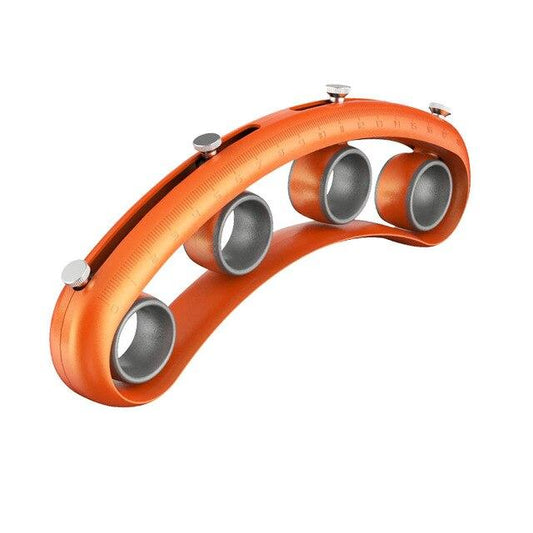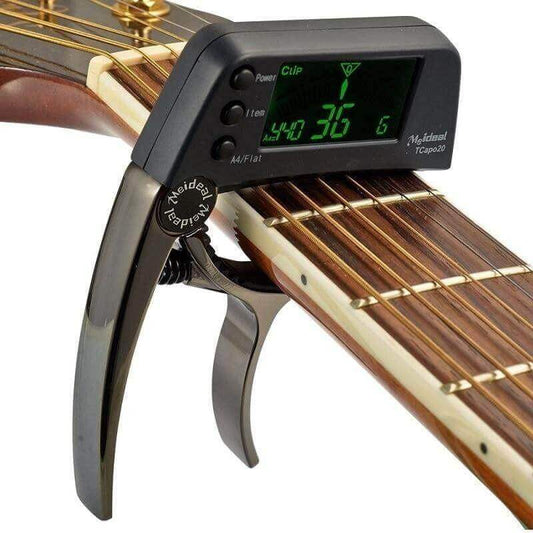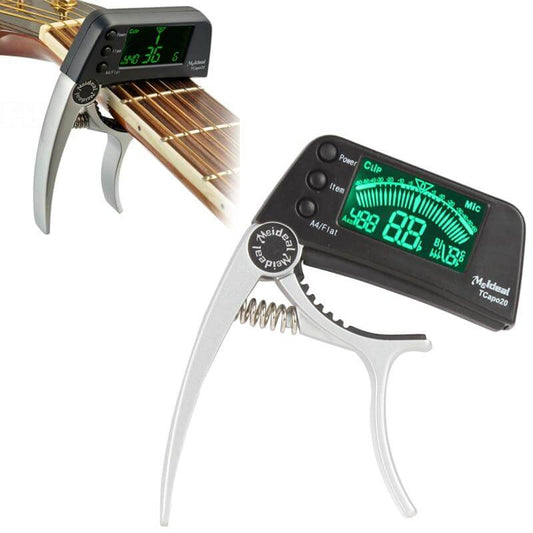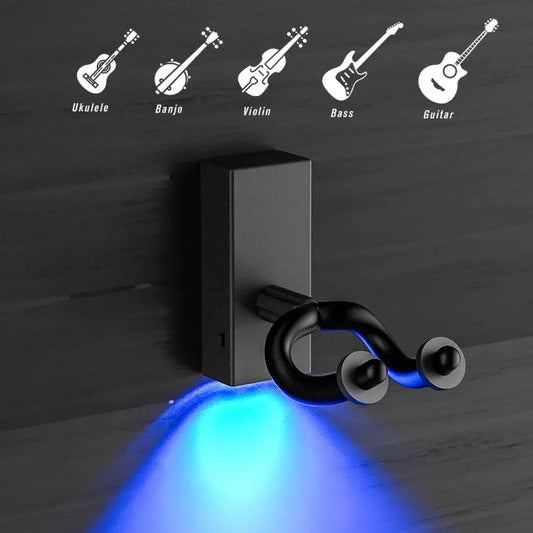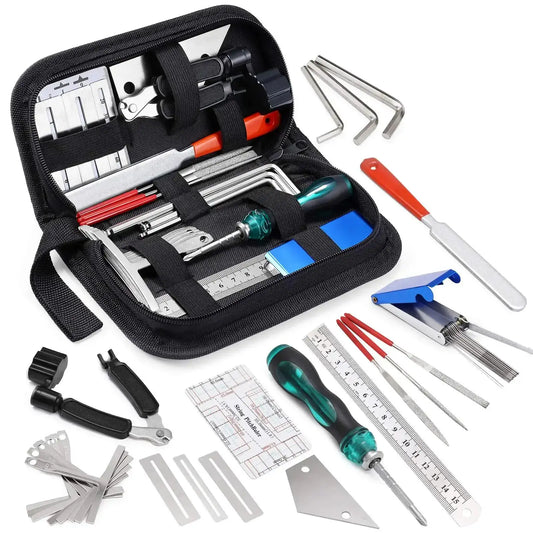How To play a Lead on Acoustic Guitar

Introduction
We all love playing cool guitar leads! Right? But what exactly do we need to know when playing leads in an acoustic guitar? The truth is that there are some tricks that you can apply to make your guitar leads shine or be more effective in your acoustic guitar!
Nothing uglier than listening to an unplugged version of a song with a great lead and hearing how somehow things are not quite right...why? Let’s see a few really cool concepts on guitar leads for acoustic guitar!
1 - Defining Guitar Leads
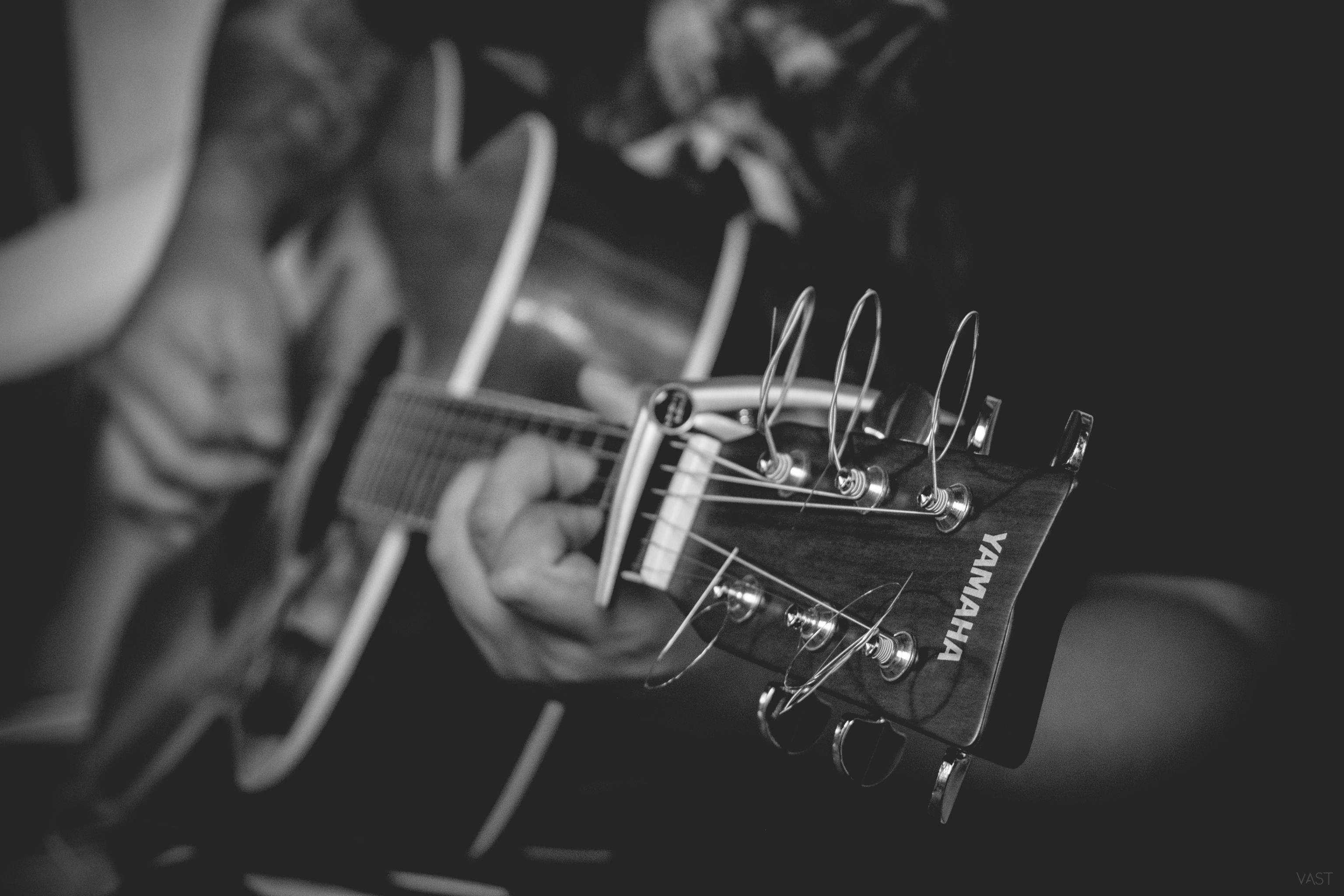
Guitar Leads are a great way to give identity to a song and provide very unique and recognizable music content. Therefore, we must carefully craft them so they are just what the song needs.
Guitar leads work best when they are short, concise and simple. Afterwards, in other creative stages you will have many opportunities for altering it or changing it for the right reasons.
Always start with a simple and defined lead structure, as it can be converted to something more complex later on.
2 – Lead Construction
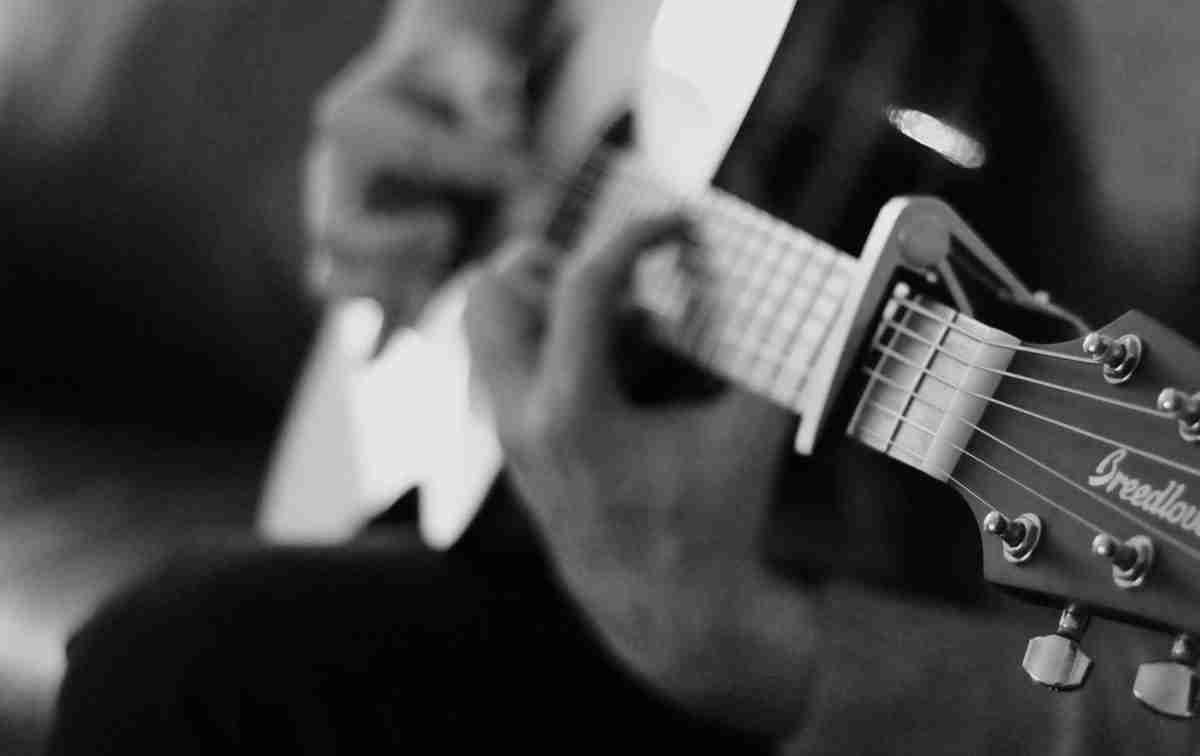
Although sometimes great leads can be created out of sparks of inspiration or in some unique and magical moment you may have, there are also some guidelines that you can be aware of that will help you give form and structure to your great ideas.
Sometimes, even when inspiration is not quite there, the understanding of lead construction will be enough for you to build something that is effective and coherent.
Music doesn’t lie. If there is something to be changed in this world, then it can only happen through music - Jimi Hendrix
Check out our No.1 recommendation for learning guitar here.
Before starting to create a guitar lead...
- Know well the notes that you can use, be aware of the scale and key in relation to that particular moment you are building a lead for.
- Know the needed length of the lead, this can be measured in beats or measures. Is it a Guitar lead for an Intro? Then how long is it? Is it a Lead for the Chorus? How many times will it be repeated?
- Know the pitch range that you will move on, try to stay within an octave. Usually leads don’t get wider than a major sixth interval. This is because usually leads intend to be catchy, therefore there is an expectation for it to be singable...so no great skips preferably!
- Try to picture what the other instruments will be playing...if the other instruments are rhythmically busy, then most likely you do not need to carry a continuous rhythm, but if it’s the contrary, you will need to provide motion and rhythm with your guitar lead.
3 - Components in Lead Construction
![9 Best Mics for Acoustic Guitars in 2020 [Buying Guide] - Music Critic](https://musiccritic.com/wp/wp-content/uploads/2017/06/best-microphone-for-recording-acoustic-guitars.jpg)
All leads usually have a foundation in a specific musical element, or a combination of them. Use this Elements of music as material to construct your ideas...
Rhythm
As simple as it sounds! There are great leads that are just based on a repeated note or two, but they are full of life thanks to an interesting rhythm pattern. When making leads like this, you want it’s rhythm to be very recognizable.
Melody
Nothing like a great short melody that gives the song it’s character and personality.
Arpeggio
Creating leads using arpeggios is a great way to imply the harmony of a song, they can also sound very melodic and interesting. It’s important to know the triads or chord construction theory really well if you will apply this one!
Lead Direction
Are you starting a lead in one note and then moving up in range or in ascending motion? Or are you always descending? Always ascending? these two ideas can be really effective to create a desired energy to the lead.
Moving by Steps or Skips
Melodies move most of the times in short steps, so from one note to the one immediately next to it, like in a scale situation, and then, occasionally, they skip or jump to another note further away.
Will you be Using Notes from Other Keys or Modes?
Why not right? A note from a neighbor key or different mode can sometimes bring new colors to your guitar lead.
Be able to tell if that one note will be just a passing tone or have further implications in your harmony.
Rests
Use Rests! Remember that music always needs to breath, so using spaces in between ideas and rests its beneficial from a melodic perspective. You are not forced to do this if your lead is all about bringing continuity (rhythm) to the song, of course.
Ostinatos
The word “ostinato” represents a melodic fragment that is repeated on and on and on...but believe me you can create great leads that repeat themselves constantly. (“sweet child o’ mine” does that, and it’s one of the greatest leads ever.
They can be considered a riff if you may...
4 - Tools of Composition
Let’s say you now have a really cool guitar line with a lot of potential to be a great lead for the song... depending the case, that alone can be enough to feed the song with a great lead, but sometimes you will need something more... and here is where you will use these set of Music Composition tools.
These tools will give you options and alternatives for variation of your lead.
Transposition or Sequence
Imagine you have a short melody that is one bar long, and you need to fill yet another measure with your lead, then maybe an option could be to start the same melody again on a different note, usually you will maintain the interval relationships the same, but adapting it to the key and scale you are on. (Example, your lead is in G, and plays the notes G A B, you could make a sequence one step up and playing the notes A B C.
Transpositions and sequences are usually measured by how far you go from your original one (you can count in intervals or semitones)
Your transpositions can move upwards or downwards, super great tool!
Prolongation
This is when the notes of your lead are now longer compared to its original (in length or duration),
If your lead was all 8th notes, (in a prolongation it could be played in ¼ notes instead)
Compression
You guessed! It's the opposite of Prolongation, here notes are shorter to the original. In any case these can be applied proportionally or not!
Inversion
This is done by inverting the interval relationships of your lead, if your lead moves up a minor 3rd, in an inversion it would go down a minor third instead.
Contrary motion
Your lead has a melodic direction (upwards or downwards), here, you would change its melodic direction to create the opposite effect. A good example of this can be an ascending scale run instead of a descending scale run.
5 – Leads on the Acoustic Guitar
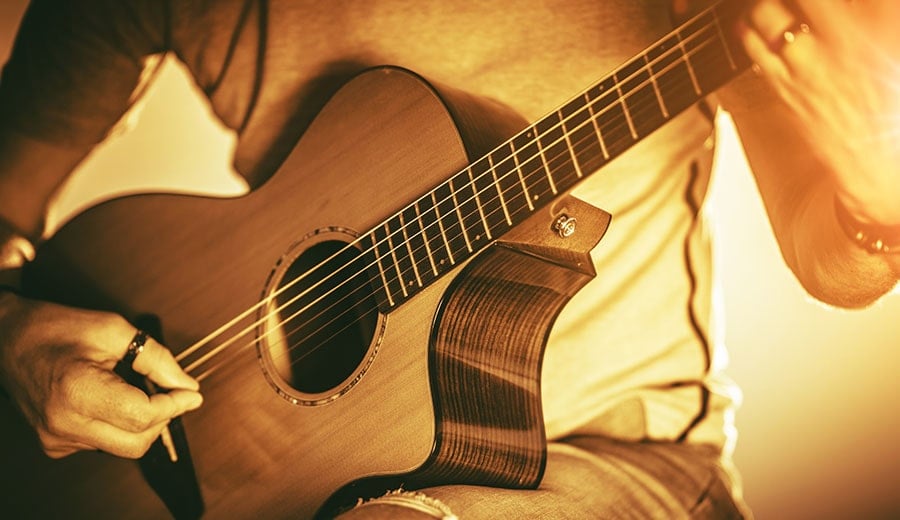
Sometimes electric guitar leads are nourished with guitar effects and great sounding pedals that make them sound outstanding, but in an acoustic guitar we are all wanting to hear that “natural” feel to it, so you can’t add much of that here.
Creating Leads is somewhat general to all guitars, true, but yet...there are a few practices that you can incorporate in order to have the best results when playing leads specifically in the acoustic guitar. Here they go!
Reinforcement by Octaves
Especially if your lead is melody oriented. Try playing it in octaves. In guitar this is done by playing one note with your first finger and then another note (the octave) with your fourth or third finger. (skipping one string in the middle). (Example; 3rd fret of the low E string, and the 5th fret of the D string) G in octaves.
Ad Pedal Notes
A “pedal” is a note that is maintained throughout a music section in the song...don’t get confused with adding effect pedals!
The harmony or chords may change or not, but the pedal note will be held over them.
Pedal notes can be in the lower octaves (like an open E string for instance) or in the higher ones (the high E string)
Since open strings sound so good in acoustic guitars, it is super interesting to play lead melodies adding an open string all through the lead. You can tray playing a melodic phrase in the B string while hitting the high E string as well every time you play the B string.
This open string ideas can be further explored with Alternative Tunings or playing with a Capo.
Tremolos
In acoustic guitars we have a lot less sustain most of the notes if compared to the electric guitar, and what we play tends to be a lot drier, a good solution and really nice fix to maintain a note is to play tremolos.
When playing a tremolo, you are pretty much eliminating the “decay” of the notes by playing constantly and repeatedly with your right hand. Incorporate this technique and you will sound awesome!
With tremolos you can create very simple leads, with almost no melodic movement you still can get a sound that is pleasing and filling, prolonged in time.
Adapt
Use your common sense to adapt your leads to the acoustic guitar if you are transitioning from the electric, think what Is most natural to the instrument, most of the times this is the best decision. Don't try bending like crazy or things alike. Right guys!?
Harmonics?
Natural harmonics sound very sweet in the acoustic guitar, try to see if you can play a note here and there, they will provide a very characteristic color and feel to your song.
Expression
Anything you can think of...Vibrato, hammer ons, pull offs, slides, etc...
Furthermore, this short video has some nice concepts that are important to add expression to your Acoustic Leads!
6 - How the Lead Interacts with the Other Musical Elements

Sometimes, we guitar players fall in love with the parts or leads we play, don’t get blinded by a good sounding riff or lead that is seems cool, try to honestly see how well it fits in the song. Ask yourself questions like;
- Is this lead really capturing the feel that the song needs?
- Are there too many notes? Too few?
- Is it played in the right octave? Or it’s fighting in pitch range against the vocals or any other instrument/part.
- Is it repeated too many times?
- Is it lacking something?
Summary
Try to always maintain a clear perspective of what you intend with your acoustic lead for the song. Remember that the lead will be part of the song and not the song part of the lead!
Initially create something short and well defined, as you learned, you can always apply later the “music composition tools” for adapting or further embellishment of it.
The acoustic guitar has very unique features that will allow your leads to have a whole universe of expression if you use them in your favor.
------
Author:

Leo, an entrepreneur and a marketing director for tech startups in SEA, founder of https://sixstringtips.com , a music website providing and sharing trust and useful information to help people easier to choose musical instruments and learn to play guitar, violin, ukulele, and drums.
Author bio:

Dr. Robin Alexander
Dr. Robin Alexander, an MD Pathologist and passionate guitarist, combines his love for music and science. As a guitar enthusiast, he shares valuable insights and tips on guitar playing here at Guitarmetrics, helping musicians enhance their skills and enjoy their musical journey.
Check out these other Blogs we recommend for How to play Lead on Acoustic Guitar.
1. acousticguitar.com
Start Soloing on Acoustic Guitar with These Essential Building Blocks [Video Lesson]










